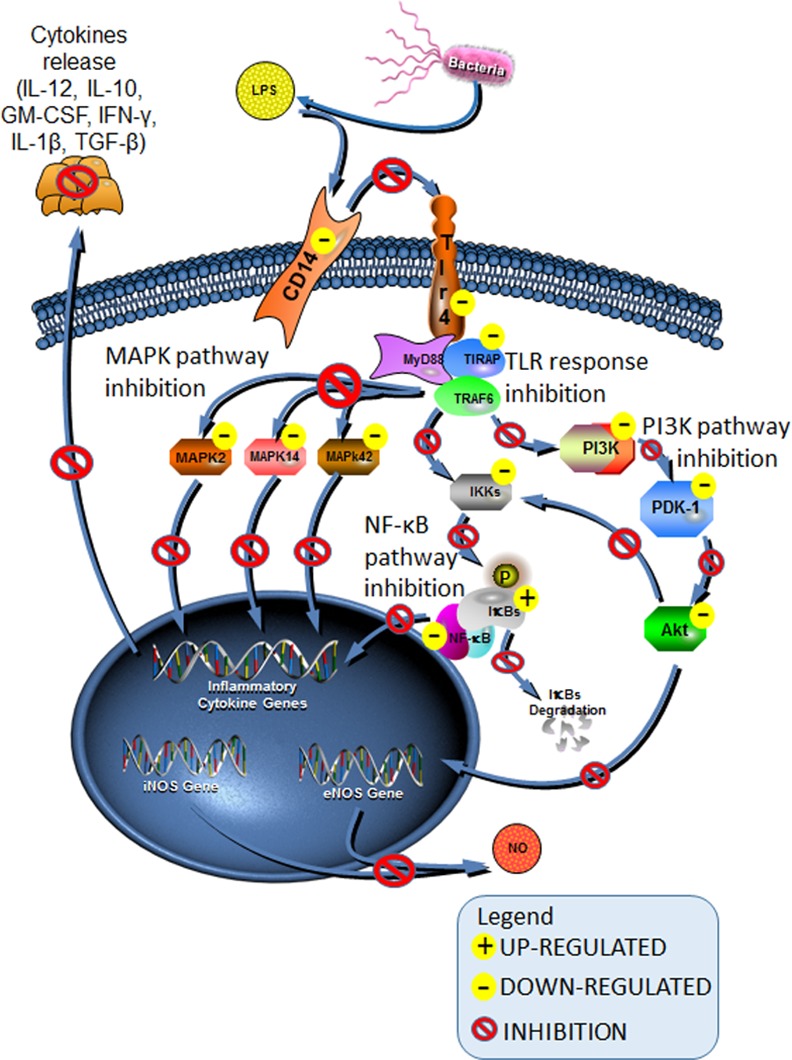Fig 5. Brazilian red propolis anti-inflammatory molecular mechanisms in LPS activated macrophages.

“-” means that transcription of genes and/or pathway activation were diminished by BRP. “+” that transcription of genes and/or pathway activation were increased by BRP. LPS-activated macrophages are polarized in M1, but BRP treatment promoted an altered M1 phenotype. BRP led to inhibition of genes related to Toll-like receptor (Cd14, Elk1, Pik3cg, Tirap and Tlr4). The resulting attenuation of TLR-mediated signaling led to the inhibition of NFκB, Mitogen-Activated Protein Kinase (MAPK) and PI3K/AKT pathways. Thus BRP decreased the production of cytokines and nitric oxide, involved in the inflammatory process. Adapted from Qiagen’s website (https://www.qiagen.com/br/shop/genes-and-pathways/pathway-central/?q=).
